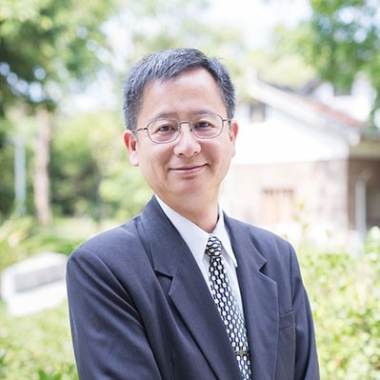

The purpose of this project is to explore the disaster self-reliance communities and how the communities could be sustainable. Disaster self-reliance communities indicate the communities experienced and suffered from disasters. And these communities were willing to organize teams to respond to disasters. Therefore, the disaster self-reliance community has to be identified firstly. Then, the incentives for these communities to keep working as a sustainable community will be studied. It is because some community disaster management teams might be diminished such as lacking incentives or supporting resources from governments and/or non-profit organizations. In other words, it is important to ensure the self-reliance community to be sustainable. The key issue is whether there are incentives for the community to continue to be sustainable. The story of Mu-Chi-Liao Community is an example of from disaster self-reliance community to sustainable community. But efforts are required in order for Mu-Chi-Liao Community to be sustainable. It is because no disaster happened in the community after 2001’s mudslide. Other disaster self-reliance communities might have similar problems. Therefore, learning and comparing with other communities would also be the research purpose added to the main research objective to make communities to be sustainable. Disaster prevention and/or mitigation might not be their main incentives or reasons for these communities. Taking Mu-Chi-Liao community as an example, the Mu-Chi-Liao Ecological and Detention Park was formed around 2010 to prevent future flooding or mudslide. The Mu-Chi-Liao Community residents have different expectation for the park. They want to attract tourists and bring prosperity for the community. But the park is designed for the purpose of disaster prevention not for tourism purposes. Therefore, how to develop the park to fit with both disaster prevention and tourism purposes might be the future or sustainable development of the community.